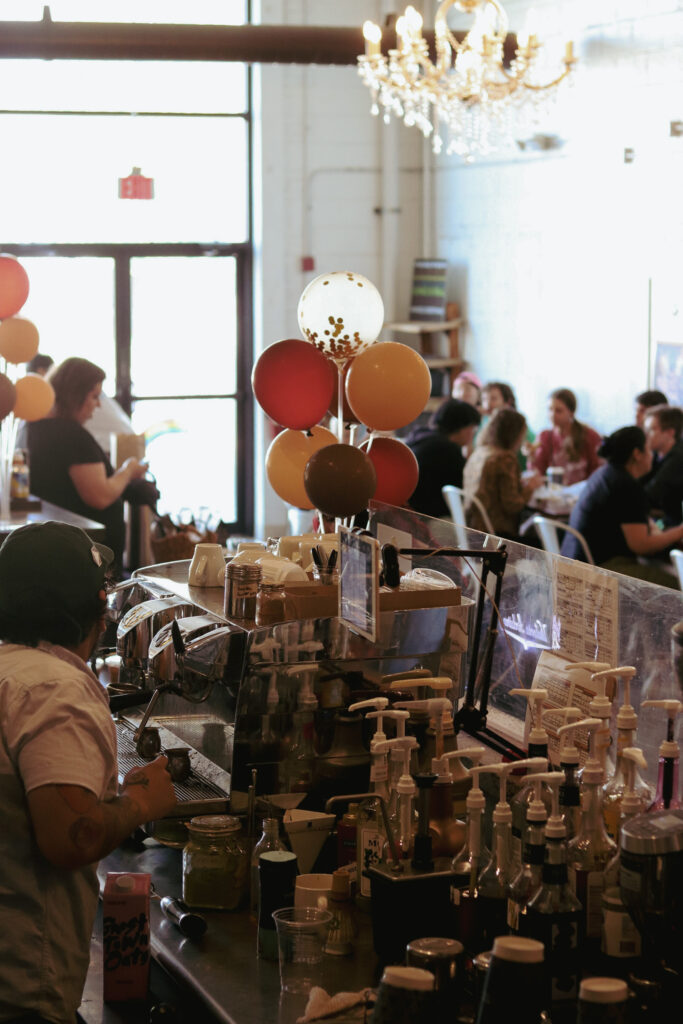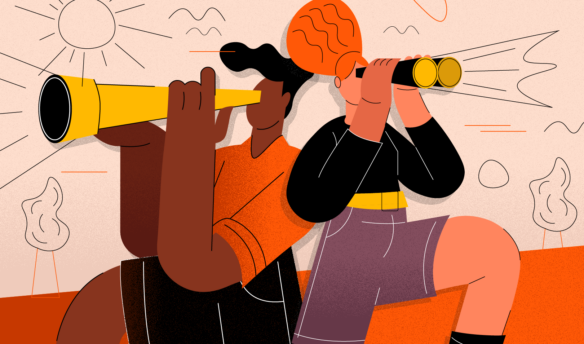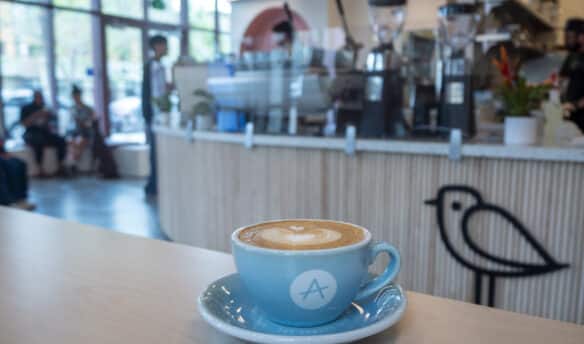The coffee scene has undergone a seismic shift in the last three years. In 2021, the Great Resignation emerged as pandemic-weary employees reevaluated their work-life balance and began quitting their jobs in record numbers. In the US alone, a staggering 47 million walked away from their jobs in 2021, followed by another 50 million in 2022, according to the US Bureau of Labor Statistics.
This mass exodus was fueled by burnout, job dissatisfaction, and low pay, among other factors. Unsurprisingly, the hospitality and food services industry took a big hit. The quit rate reached 5.7% per share of employment in 2021, more than double the rate in other industries. Many workers refused to return due to low wages and high workplace stress. The message is clear: happy, well-paid employees stick around. While fair wages are essential in ensuring job satisfaction, nurturing a positive and supportive workplace culture that prevents burnout is equally important to retaining talent.
Surviving the Cafe Grind
Even before the pandemic, workers in the hotel, food services, and hospitality industries experienced the highest employee burnout rate worldwide—in 2019, 80% of employees in these fields reported they felt burnt out at work (burnout rates were high across industries, with nearly three-quarters of all workers in the education field reporting feeling burnt out and 65% of workers in the legal profession reporting the same).

While the wave of pandemic-era resignations has waned, workplace stress has reached record levels, according to a recent Gallup report. In 2021, Starbucks baristas made headlines as they tried to unionize, partly driven by burnout stemming from the pandemic and the overwhelming demands posed by an avalanche of mobile orders. Several factors—along with the pandemic, store closures, and the rise of social media drinks and customizations—led to a significant increase in mobile orders, and baristas found it challenging to handle the surge because they couldn’t limit how many orders they got per hour. Turning off mobile orders at a store required the manager’s say-so, and then customers ordered from other nearby locations, causing a domino effect of overwork.
Gallup’s research pinpoints key burnout culprits: unfair treatment at work, unmanageable workloads, poor communication and support from management, and unrealistic time pressures. These issues lie squarely within leadership’s control and present opportunities to mitigate staff burnout.
JoEllen Depakakibo, founder of Pinhole Coffee in San Francisco, points out that the high cost of living and the multitasking nature of being a barista can contribute to burnout. “It can be draining to socialize while working their butts off to make a drink—and then someone’s tugging at them on the other side needing something,” she says. Depakakibo also identifies a common burnout trigger: working too many consecutive days. In these cases, she encourages breaks or suggests vacations for those who haven’t taken time off recently.
With two decades of industry experience and a barista background, Depakakibo can easily recognize the telltale signs of burnout. She relies on nonverbal cues and takes the overall temperature of the environment to gauge it. “It’s that thickness in the air and strong silence—just the feeling of the space where it feels awkward,” she says.
“When interactions shift and [a team member] isn’t communicating as much with other people, then I know something’s up, and I make it a point to check in.”
A Model for Work-Life Balance
Melissa Villanueva, owner of Brewpoint Coffee in Elmhurst, Illinois, stresses that preventing barista burnout hinges on the example leadership sets. She points out that leaders who consistently overwork themselves and promote unrealistic ideals can inadvertently encourage others to do the same. “That’s one thing to look at for yourself as a leader—what kind of leadership and management are you modeling?”
She acknowledges the industry’s tendency to romanticize overworking but takes pride in Brewpoint’s people-first ethos. Villanueva notes that their managers go the extra mile to prevent barista burnout, and if managers start feeling overwhelmed, the leadership team steps in to help ensure a healthy balance.

However, the feasibility of this can depend on what stage of business your shop is in. “When I first started Brewpoint, my husband and I were working 60-hour weeks. Now that we’re in a place of stability, we have more boundaries around working 40-hour weeks,” Villanueva says. “There might be emergencies where we have to step in more, but that’s every once in a while rather than consistently.”
Jackie Palacios, a barista at Brewpoint, describes their leadership style as relationship-centric. She cites Melissa and her husband, Angelo Sepulveda, who handles deliveries, as examples of supportive leaders. “I don’t think there’s ever been a time where he hasn’t asked if there’s anything he can help us with,” she says. These connections go beyond just work-related matters: “I’ve had multiple conversations with both him and my cafe manager about what’s going on in school and my life,” Palacios says.
At Brewpoint, the Villanuevas also host holiday dinners and team movie outings. Staff outings are a great way for people to connect and feel like they’ve got an extended crew of colleagues to count on. “All of the staff from the cafes were invited,” Palacios says. “Even though we work at different cafes, it lets us bond and get to know each other.”
A Balancing Act
At Pinhole Coffee, barista shifts typically run between 5 to 6 hours. Depakakibo ensures her staff not only takes breaks but also rotates roles. This could mean swapping the person on the bar with the one at the register. “As I’ve gotten older, I’ve seen how multitasking isn’t good for the mind and body,” she says. “This is a lesson I’ve learned from past experiences in cafes where it didn’t happen. It helps balance the energies out rather than having someone interacting with customers the whole time or pulling shots their entire shift.”

The structure Depakakibo has built at Pinhole Coffee comes from the experiences she brought from other cafes that lacked a positive workplace culture or encouraged rest. “Being a barista for so long, especially when I was often the only minority in cafes usually run by white men, I didn’t feel like I had a voice—even when I was in management,” she says. “It really encouraged me to make sure that my staff has a voice.”
On the challenging days, Palacios reminds herself of why she wanted to become a barista in the first place. “Just knowing that a cup of coffee may cheer up a person helps.”















